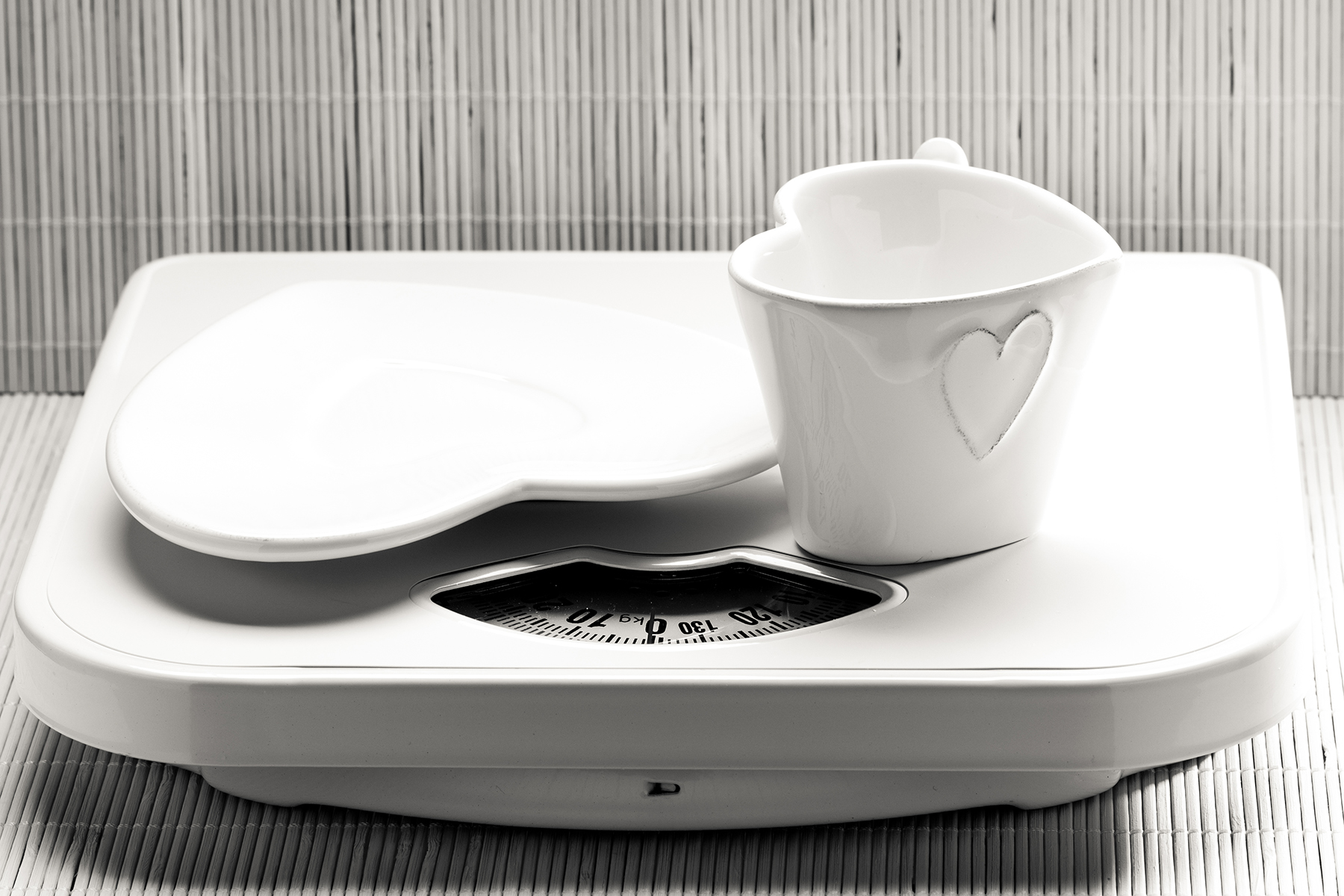There are so many heart-breaking stories of young people struggling with eating disorders. Sadly, clients come to our eating disorder treatment centre weak, malnourished and in distress, with their families not knowing how to help them. But what many of the individuals and their families don’t know, is that as well as the condition being tragic and heart-breaking in the figurative sense, their binging and purging and malnutrition can be literally breaking their hearts too and leading to heart attacks and organ failure if the condition is not brought under control.
Anorexia and Heart Problems
Anorexia Nervosa can be fatal, because it often causes severe malnutrition, which damages many parts of the body, including the heart. Cardiac arrest and other heart damage can be caused by being underweight and malnourished over long periods of time, so it’s key to get the help you need before the damage done becomes dangerous.
According to the American Heart Association, “Every 52 minutes, someone in the U.S. dies from an eating disorder. Some of those deaths will be from cardiovascular complications.”
They explain that anorexia in particular causes changes to the heart that result in higher lifelong cardiovascular health risks, due to malnutrition. This sustained malnutrition can cause the heart muscle to shrink and the heart rate to slow, causing dangerous rhythms and an inability to repair damage. It can also cause QT Syndrome, which can lead to seizures, fainting or sudden death.
Bulimia and Heart Problems
Bulimia is not associated with such low body weight or extreme malnutrition, but is still damaging to the heart. Vomiting and using laxatives to purge can lead to an electrolyte imbalance that raises the risk for abnormal heart rhythms. Damage done to the heart from bulimia also can lead to congestive heart failure and sudden cardiac death. The use of certain laxatives can also damage the heart muscle, and cause cardiomyopathy, which can lead to heart failure.
Find out more about anorexia and bulimia
Signs of heart problems
It can be hard to identify whether heart disease is taking place, alongside an eating disorder, as some of the symptoms are shared. However, here are a few things to look out for, which can suggest that there’s an underlying issue developing, from the British Heart Foundation.
- Chest pain, heaviness, tightness or pressure in the chest
- A painful or burning feeling in your chest or stomach, similar to indigestion
- Feeling sweaty, hot or clammy for no reason
- Having a choking feeling or feeling sick, along with chest pain
- Having swollen ankles and/or leg pain in your calves when walking
- Extreme fatigue
- Palpitations
- Light headedness
- Shortness of breath
How to recover from eating disorders and improve heart health
The key to stopping the damage to your heart and other parts of your body due to an eating disorder is to start nourishing your body, reversing malnutrition and safely regaining weight to reach healthy levels. It needs to be carefully managed, as eating too much and regaining weight too quickly can also lead to refeeding syndrome, causing further heart damage and can be fatal.
However, we know that for people with eating disorders, eating normally and putting on weight can seem impossible. To stop and try to reverse any damage done it’s vital to treat the disorder, get to the root of the problem and regain a healthy relationship with food, so that gaining weight is possible.
We use a combination of therapy, counselling and nutritional rehabilitation to provide a highly effective programme for people suffering from eating disorders. We take a multi-faceted approach to eating disorder treatment, which goes far beyond the symptoms and is led by experienced professionals to maximise success.
The Bridge is a safe place to rest and recover while receiving therapy and practical support on how to live free of food and body image issues. Find out more about our eating disorder treatment centre on our website, or contact us for support or advice.




